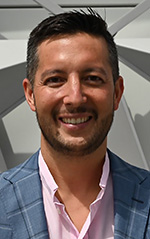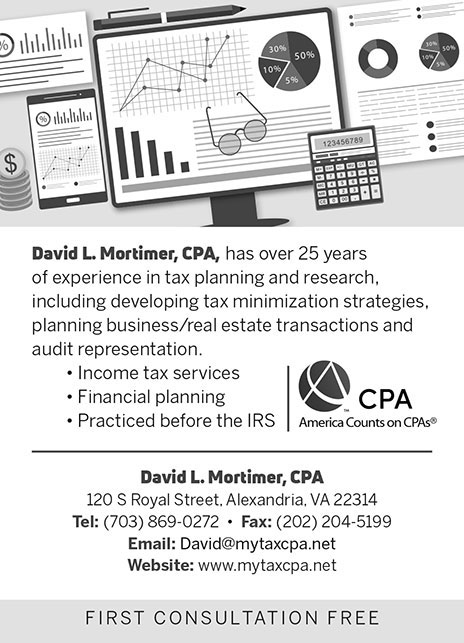The Department of State’s Reception Centers: Back to the Future
Revisiting State’s mid-20th-century reception centers generates practical ideas for today, especially when it comes to engaging the American public.
BY MATTHEW ASADA
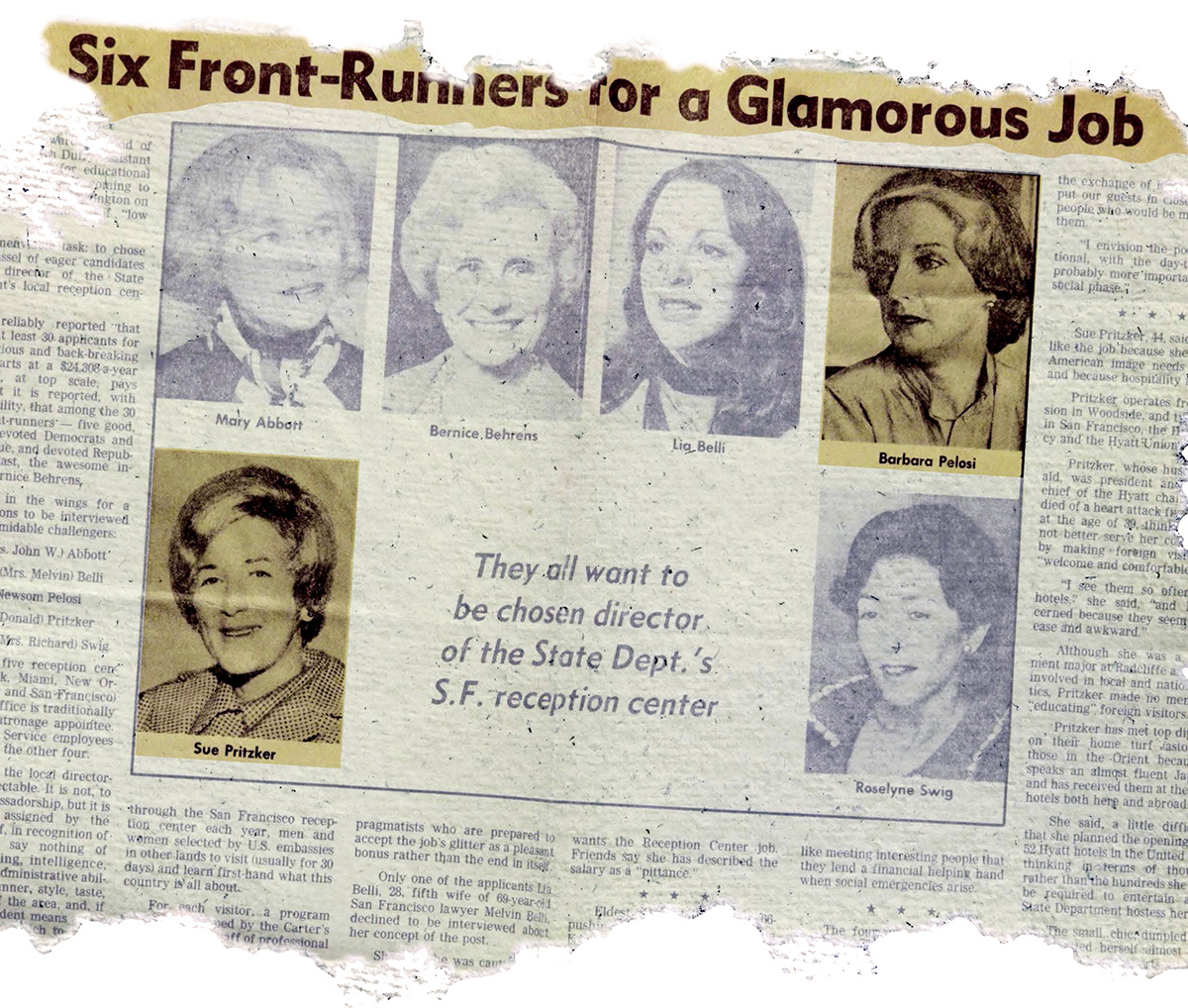
In 1977, one of the most sought-after political appointments in President Jimmy Carter’s State Department was a job that cannot be found in today’s Plum Book or on any State Department Foreign or Civil Service staffing pattern. A hotel heiress, philanthropist, and political kingmaker were among the six top candidates vying for the position, with competition, advocacy, and lobbying so fierce that Deputy Secretary of State Warren Christopher wrote on April 16, 1977, to Assistant Secretary for Educational and Cultural Affairs Joe Duffey: “This position seems to have at least as much interest as the ambassadorship to the United Kingdom!”
What was it about this job—director of the State Department’s San Francisco Reception Center—that made it so popular? What ever became of it?
Today, almost a half century later, with a recently passed congressional directive to enhance the State Department’s domestic engagement (Section 6605 of the FY24 State Department Authorization Act) and an administration focused on city and state diplomacy, it’s worth revisiting State’s reception and foreign press centers to see what lessons can be learned from previous administrations’ engagement with the American public. What happened to these domestic offices? Might it be time to resurrect and reimagine them for the 21st century?
Welcoming International Visitors
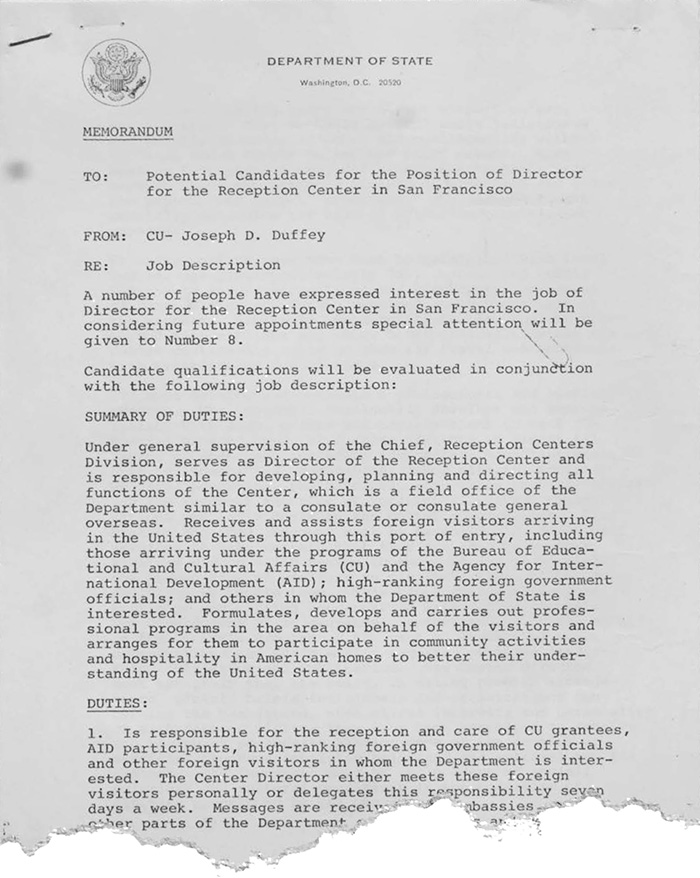
SUMMARY OF DUTIES: Under general supervision of the Chief, Reception Centers Division, serves as Director of the Reception Center and is responsible for developing, planning and directing all functions of the Center, which is a field office of the Department similar to a consulate or consulate general overseas. Receives and assists foreign visitors arriving in the United States through this port of entry, including those arriving under the programs of the Bureau of Educational and Cultural Affairs (CU) and the Agency for International Development (AID); high-ranking foreign government officials; and others in whom the Department of State is interested. Formulates, develops and carries out professional programs in the area on behalf of the visitors and arranges for them to participate in community activities and hospitality in American homes to better their understanding of the United States.
The first State Department reception center was established in 1942 by Nelson Rockefeller, then coordinator for inter-American affairs, in Miami, Florida, to manage and meet exchange program visitors from Latin America (see below for a map of the reception centers and their years of operation). Reception centers in New York (1943) and New Orleans (1945) followed, with State assuming responsibility for their administration in 1946.
With passage of the Smith-Mundt Act (1948) and the establishment of worldwide exchange programs, centers were opened in San Francisco (1950), Honolulu (1956), and Seattle (1957) to support international visitors from Asia. The Washington International Center was established in 1950 to arrange programming for international visitors, and it became part of a separate nonprofit, Meridian House International, in 1960. That same year the Washington Reception Staff office was created to meet and assist Department of State international visitors at the airport.
In a 1962 memorandum titled “Future Role of Reception Centers,” the Bureau of Educational and Cultural Affairs examined expanding the reception centers into “State Department field offices” with regional geographic responsibility, as well as adding an additional five centers. It was the heyday of diplomatic and domestic engagement, with passage of the Fulbright-Hays Act that authorized the operation of the reception centers and the launch of USAID and the Peace Corps.
In 1963 the State Department established a two-person (FSO and office management specialist) Cultural Affairs Office in Los Angeles, which operated for almost five years to better engage the creative community there and advise on international visitor support in Southern California. At the time, international visitors were being managed by the World Affairs Council of Los Angeles and the Center for International Visitors at the University of Southern California. But relations between the two were fraught, and there was a general consensus that opportunities were being missed, leading both the chancellor of UCLA (in 1961) and the mayor of Los Angeles (in 1966) to request State to open an official reception center. But it never happened.
Though the budgetary challenges that began to emerge in the mid-1960s undercut efforts to expand what was arguably an effective program—proposed centers in Boston, Denver, and Chicago were never opened—the existing reception centers continued to operate. Their role in engaging the American public was significant.
“A Field Office of the Department”
More than 30 candidates applied for the 1977 San Francisco opening. In the position description (see above) ECA Assistant Secretary Duffey described the center as “a field office of the [State] Department, similar to a consulate or consulate general overseas,” and as far as supervision was concerned: “The relationship with the bureau is similar to that of a principal officer of a consulate to the embassy.”
ECA Deputy Assistant Secretary Jacob Canter described the position of the director of the Miami Reception Center in 1966 as an “ex officio member of a variety of local organizations concerned with the reception of visitors … on a first name basis with almost anyone of consequence in the Greater Miami area.” Long before public-private partnership was so named, Canter noted that the State Department had recognized the value of a strong officer in Miami for “obtaining from the institutions and outstanding individuals in the area extensive services for these foreign visitors at no cost to the government.”
Director of the New York Reception Center Elaine Heifetz said it best, in 1976: “For the local public, our office—not Passport, Security, Despatch, or USUN—is the State Department” (emphasis added).
The centers represented the State Department in engagements with local officials, cultural institutions, and media publications; they met, managed, and curated visits of officially sponsored exchange programs, not just those funded by the department but also for other agencies; and they provided protocol services when requested by U.S. embassies and consulates or the Department of State. The representational budget was minimal, requiring them to rely heavily on private individuals and organizations for entertaining. They were staffed by a mixture of Foreign and Civil Service personnel, with an average of six positions per center. In 1977 the director of the San Francisco Reception Center was the sole political-appointee position.
In 1977, despite intense lobbying among high-powered applicants, President Carter appointed Joan Brann, whose late husband had been a prominent San Francisco lawyer, to that coveted position. New to politics and diplomacy, Ms. Brann had beat out Barbara Newsom Pelosi (former House Speaker Nancy Pelosi’s sister-in-law and Gavin Newsom’s aunt) and Hyatt hotel heiress Sue Pritzker (former U.S. Secretary of Commerce Penny Pritzker’s mother), among others (see above). The appointment was controversial on many fronts: Brann’s husband had allegedly been delinquent in paying taxes, and her son from a previous marriage had allegedly killed a New Mexico state policeman in 1971, hijacked a plane to Cuba, and lived there as a fugitive. Brann resigned in 1979, and her successor, Nancy Honig, not without controversies of her own, led the center until its closure in 1982.
Succumbing to the Budget Bludgeon
Over the decades, reception centers were closed because of budget cuts and a perhaps mistaken belief that the private sector could do it better and cheaper. The centers’ responsibilities were picked up by a local organization, usually an affiliate of the National Council for International Visitors (now known as Global Ties U.S.). The 1960s saw the closing of the Los Angeles Cultural Affairs Office (1968) and the Seattle Reception Center (1969).
In 1978, the five-center, then 20-person network was transferred wholesale to the U.S. International Communications Agency (USICA), when the Bureau of Educational and Cultural Affairs was made a part of that new agency. USICA reverted to its previous name, the United States Information Agency (USIA), a couple years later. Coinciding with ECA’s transfer, USAID withdrew its funding for the reception centers, exacerbating budgetary pressure.
Over the decades, reception centers were closed because of budget cuts and a perhaps mistaken belief that the private sector could do it better and cheaper.
The 1980s saw a number of significant changes, including passage of the Foreign Service Act of 1980 and the Foreign Missions Act of 1982 and the closure of the San Francisco (1983) and New Orleans reception centers (1987). In 1988, USIA noted in a response to Congress that the three remaining reception centers cost $1 million and were necessary to provide “an adequate level of service”—there was no cheaper private option—and that USIA still provided financial support to the local organization in San Francisco, the International Hospitality Center later known as the International Diplomacy Council, to cover its expenses.
President Ronald Reagan opened a Foreign Press Center in Los Angeles in advance of the 1984 Summer Olympics. USIA had previously established Foreign Press Centers in New York City and Washington, D.C., to serve foreign journalists, which still operate today as part of the State Department. The Los Angeles center was shuttered in 2008 due to a reorganization and accompanying reduction-in-force.
Finally, Congress’ 1990s search for a peace dividend at the end of the Cold War resulted in the closure of the Honolulu (1990) and Miami (1992) reception centers. By 1999, at the time of USIA’s merger with the State Department, only the New York Reception Center remained. Today, it operates as a branch unit of ECA’s Office of International Visitors. The functions of the former reception centers have been dispersed to other State Department entities and offices: international visitor support (external nonprofit organizations), department liaison (Office of Foreign Missions), recruitment (Diplomats in Residence), public outreach (Bureau of Global Public Affairs and regional bureaus), cultural organizations (ECA), media engagement (Offices of Press Relations and Foreign Press Centers), and federal and local elected officials (Bureau of Legislative Affairs and Office of Global Partnerships).
Still, throughout the years, public diplomacy insiders and outsiders have asked whether the New York City model could and should be extended to other parts of the country. In 2012, for instance, the Office of the Inspector General recommended ECA consider whether the New York program branch office could effectively support other bureau offices and programs (see Recommendation 27). This year, a former ECA principal deputy assistant secretary of State told me that if he had his druthers, he would have a half dozen of these ECA branch offices, beginning with Los Angeles.
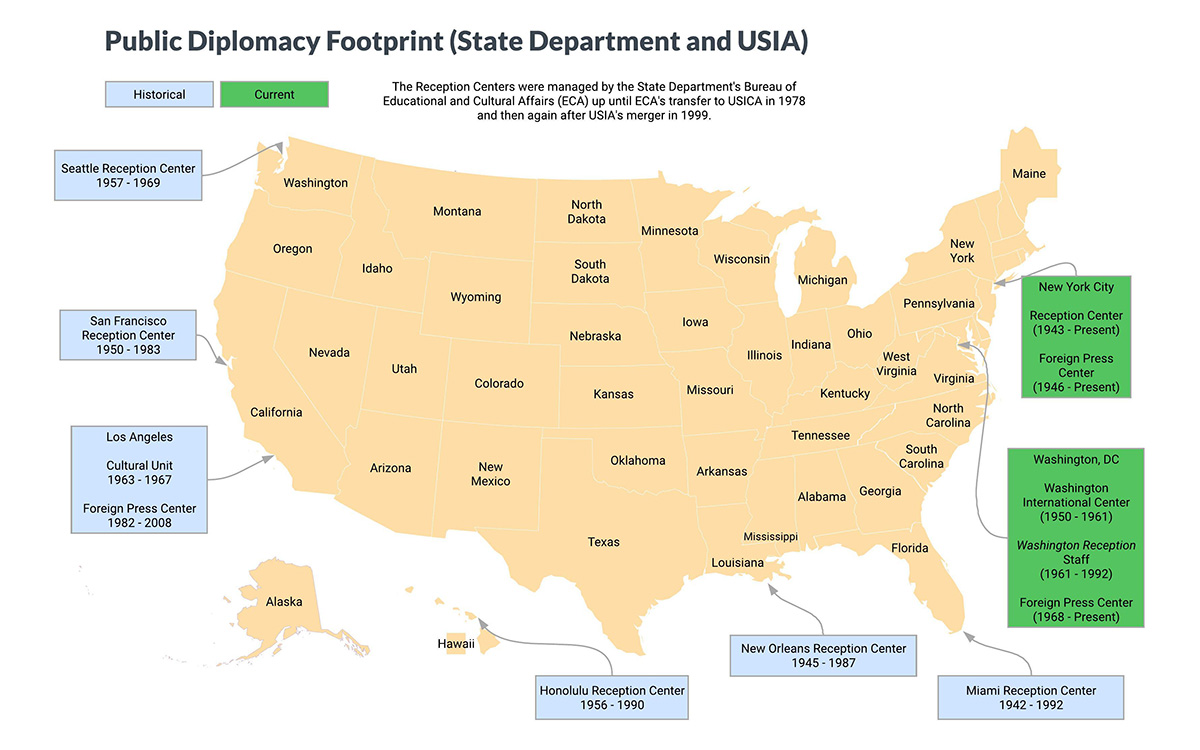
The State Department Reception Centers and Foreign Press Centers have played an important role in engaging the American public in U.S. diplomacy. This map shows where they were and when.
Infographic created by Matthew Asada - February 2024
The Case for “Diplomatic Engagement Centers”
Unlike other federal departments and agencies domestically, the State Department does not maintain a standardized domestic organization framework or designated senior department official for the government’s 10 federal regions. Now that the administration (through dedicated Office of Personnel Management [OPM] funding and positions) and Congress (through proposed legislation, the Federal Executive Boards Act of 2023) seek to improve the federal government’s domestic coordination through enhanced Federal Executive Boards, it begs the question whether the State Department should reconsider its own domestic organization and coordination.
One idea to consider is the creation of domestic geographic districts aligned with the 10 federal regions. Could a “Diplomatic Engagement Center” in each district, or spanning multiple districts, bring together existing offices and personnel to better implement exchange programs; coordinate public outreach and media engagement; create public-private partnerships; liaise with regionally based city, state, and federal officials; and support foreign embassies and consulates?
Los Angeles has been identified numerous times for enhanced public diplomacy representation. With the pivot to Asia and the Indo-Pacific, and a new era of geopolitical competition, the nation’s most populous state and largest economy is an ideal place to pilot such an initiative. Moreover, with the 2026 men’s soccer World Cup and the 2028 Summer Olympics on the horizon, now is the perfect time to invest in the nation’s domestic diplomatic capacity. What better place to begin than the nation’s second-largest city, Los Angeles—home to the country’s largest concentration of foreign diplomats and domestic personnel outside Washington and New York?
Throughout the years, public diplomacy insiders and outsiders have asked whether the New York City model could and should be extended to other parts of the country.
Over the past two years, my colleagues and I have brought together State’s diplomatic personnel across offices and positions in Southern California into an informal network to improve information sharing, visitor support, and public engagement and, in the process, build a stronger sense of community. However, this informal model has its limitations. For instance, when a local partner implementing exchange programs ceased operations, a new partner had to be found, resulting in a loss of institutional knowledge and expertise. In another case, the remit of the local implementing partner is limited to only one aspect of the department’s public diplomacy activities (international visitors)—and not another (sports diplomacy)—preventing further synergies.
Further, while not an issue in Los Angeles, the department’s lack of a single geographic point of contact in other federal regions results in irregular and inconsistent participation in OPM’s Federal Executive Boards. Finally, there is no internal clearing house to coordinate domestic travel by department principals and engage department personnel assigned or working remotely in a geographic region to help tailor and amplify these engagements.
State is already spending money to accomplish these functions; however, the funding is dispersed through grants and reimbursement to nonprofit organizations or across existing department full-time personnel. Might it be more effective to consolidate that expenditure, use existing department-leased real estate from the General Services Administration for a mailing address, and expand State’s presence by using a combination of assigned and remote-work employees to coordinate operations and represent the department?
In 1962, when State assessed the future of its reception centers, the United States happened to be hosting the World’s Fair in Seattle. Seattle’s Reception Center noted a fivefold increase in workload (number of programs/persons/programming days). In advance of the global mega events descending on Los Angeles and the expected accompanying increases in official visitor counts, press engagements, and public diplomacy opportunities, now is the time for State to plan for enhanced domestic engagement that builds on past successes.
When sharing or linking to FSJ articles online, which we welcome and encourage, please be sure to cite the magazine (The Foreign Service Journal) and the month and year of publication. Please check the permissions page for further details.
Read More...
- “Miami Reception Center” by Walter M. Walters, The Foreign Service Journal, February 1948
- “Rethinking Public Diplomacy for a Post-Pandemic World” by Jian (Jay) Wang, The Foreign Service Journal, July-August 2020
- “State U—A Proposal for Professional Diplomatic Education and Outreach to America” by Joel Ehrendreich, The Foreign Service Journal, July-August 2021
- “The Journey to Expo 2020 Dubai and Its Legacy” by Matthew Asada, The Foreign Service Journal, May 2023

